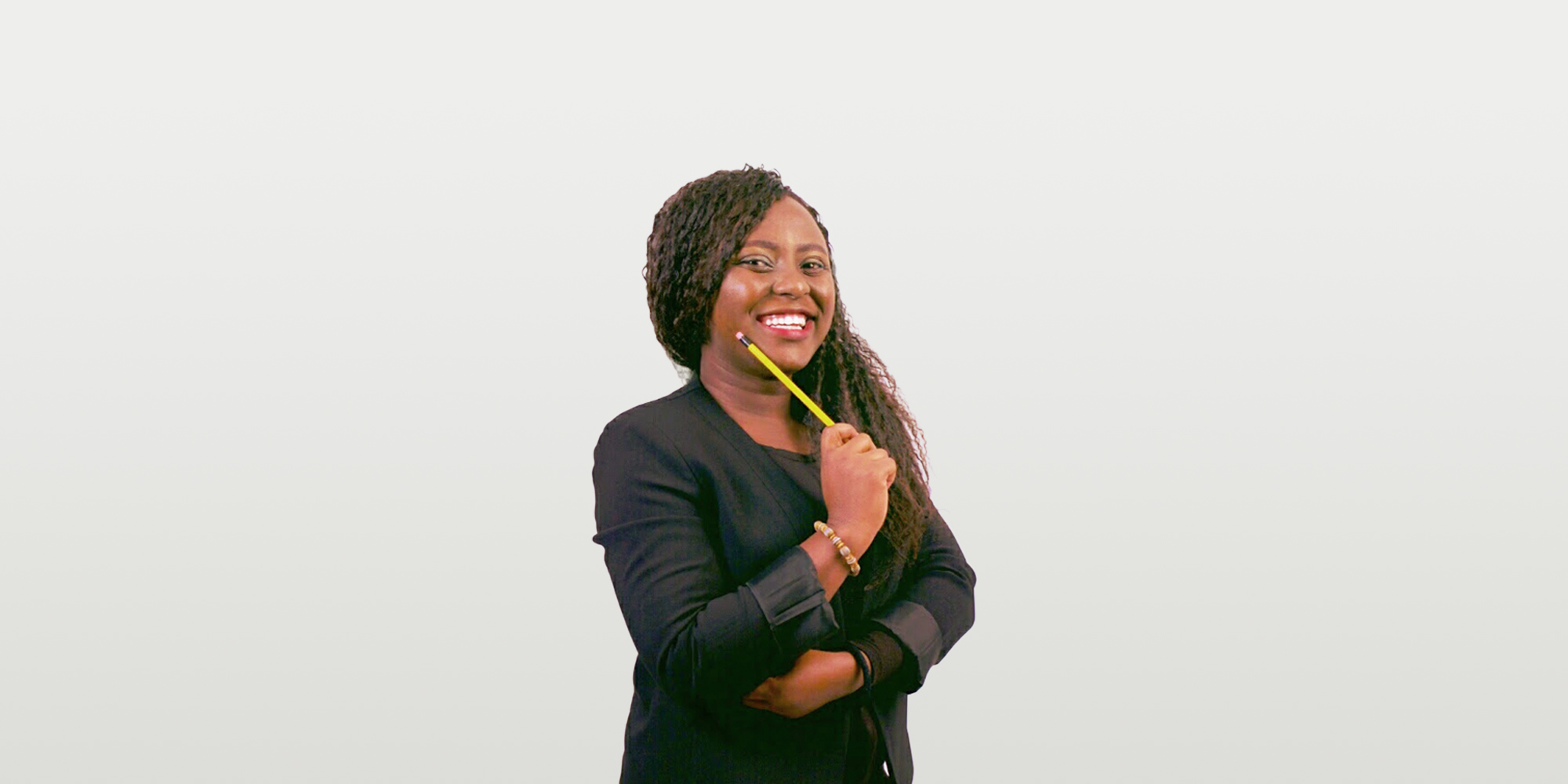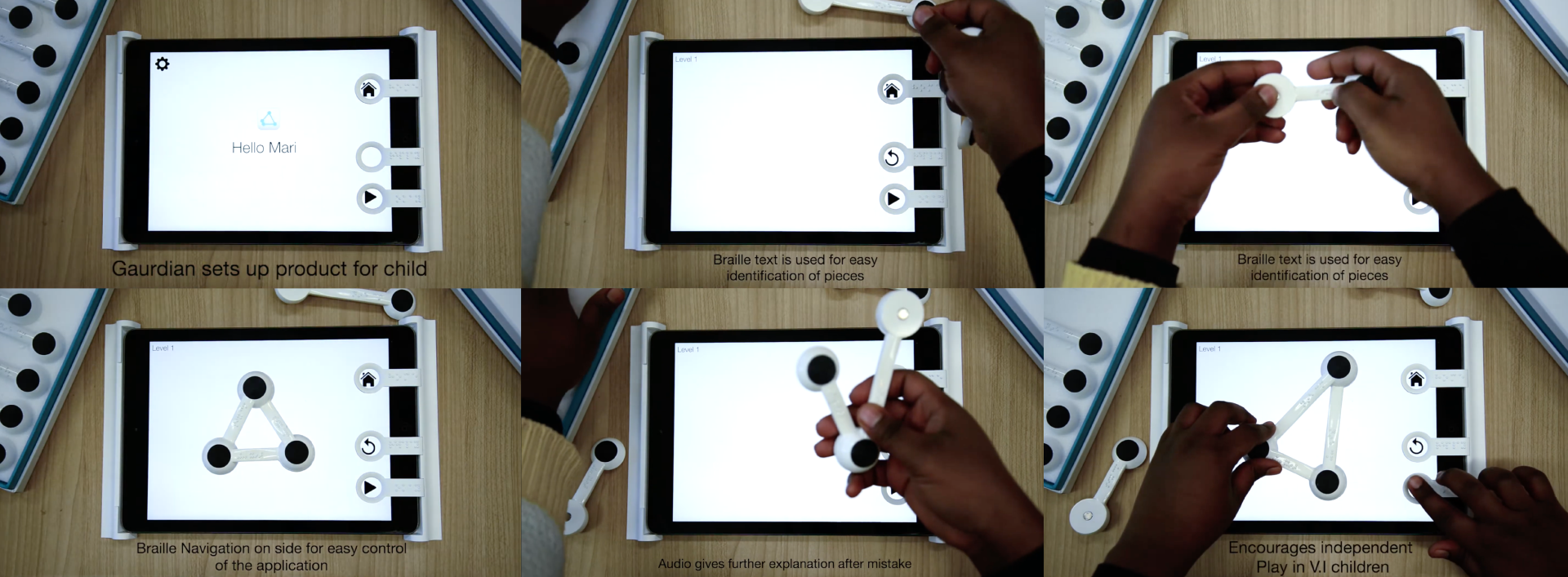
From UNIST to a Senior Analyst at Citibank US
Interviewed by Jinyoung ChunYou can find the Korean version of this page here.
이 페이지의 한국어 버전은 여기에서 찾을 수 있습니다.
Marian Adusei holds a BS in Design and Human Engineering with a minor in International Business and a Master’s in Creative Design Engineering at UNIST. Recently, she graduated from Rochester Institute of Technology where she studied Sustainable Systems. Her research focused on developing a framework to test design issues that make it difficult for Electronic Manufacturing Companies to comply with the Cradle-to-Cradle model of a product’s design, production and end-of-life recovery methods.
She is currently a Senior Analyst, part of the Tech and Data team at Citibank US contributing to the company’s sustainability. As she lives in Texas, we made an appointment for an interview after her working time (18:00 in CDT, 8:00 in KST)

Jinyoung Chun (JY) Hello Marian, thank you for joining this interview after work.
Marian Adusei (MA) It is okay! Hopefully, my brain is still active.
JY I would like to start with your educational background. What brought you to Korea and studied design in UNIST?
MA Actually, the design department brought me to Korea. I remember one of my uncles gave me a brochure from UNIST that described what product design was. At first, I did not know much about product design. However, I realized it just fit what I wanted to do, which is solving problems in the world by creating innovative products.
JY Wow, before you came to the UNIST, you already chose your major as design! During your master’s study, you worked on a product design for visually impaired children named ‘Click‘. Could you tell me about the project briefly what it was and what you learned?
MA The project was learning about the challenges that visually impaired students face when they learn geometry. Through literature studies, video research, and interviews with blind communities, we discovered that the students were using outdated tools to learn geometry. So we developed a modern tool that visually impaired students could hold and move easily, incorporating elements they were already familiar with, such as tactile pins. We explored the idea of combining an iPad with a physical tool, which would allow visually impaired students to interact with both physical and digital aspects, receiving feedback and guidance on their learning process.

The biggest experience was I discovered the challenges of participatory design for visually impaired children such as getting consent from their parents. This made it difficult to directly involve the children in the design process, so we relied more on teachers’ insights. Additionally, I learned the value of using very basic materials to get the desired effects. We used rubber, magnets, copper, and plastic. Given more time, I would have explored alternative materials to make the design smaller, more efficient, and more sustainable.
JY Thank you for sharing your learning experience. After graduation, you worked for a Korean chemical company for 3 years and a half. It seems like your engagement with sustainability issues started during your time there. I’m curious, did your interest in sustainability emerge while working in the chemical company, or did it already exist during your school years?
MA I think probably in school because at UNIST we take classes like ‘sustainable design’ that make us constantly consider sustainability in our design process. But after moving into the work area, I started to think about it more. One big instance occurred while working for a small company that designed insoles. Our focus was on creating economically viable designs for human comfort, utilizing technology and materials. However, during testing and sample shipments, we discovered issues. There was a storage room where we kept all the old insoles, which made me realize that we were generating excessive waste. It made me wonder what happens to our products once people are done using them. As designers, we solve immediate problems and ensure user satisfaction, but we often neglect the end-of-life and disposal process. This realization prompted me to consider designing products that are easier to dispose of and explore ways to reuse the materials, creating a circular cycle. So I think that was my a-ha moment to learn more about ‘sustainable product design’.
JY That’s why you’ve decided to study for another master’s degree in RIT (Rochester Institute of Technology). As far as I know, your research focused on the disassembly process of electronic products and you recently came to UNIST and talked about it at our Design Department’s seminar with the title ‘Product Design and Sustainability: The E-Waste Challenge’. Could you explain your research results and what you learned?
MA During our research, I discovered a lack of recycling and end-of-life processes for electronic waste, which led me to question if there were preventative measures from a designer’s perspective. I focused on the disassembly process to explore recycling possibilities. Disassembling various products was challenging, as the design often prioritized aesthetics over ease of disassembly. Hidden screws and adhesives made it difficult to separate the parts. Some materials were coated with flame retardants, requiring additional steps to remove chemicals before recycling. Material selection also posed challenges, as newer models used a variety of plastics, some unlabeled, making the recycling process more complex.

JY I feel the product company should take more responsibility for that. They have to design products with recycling considerations and they have to collect and recycle products. But it won’t be easy, right?
MA No, it is not, because it is expensive. There is another area of research, which is looking at ‘cost-benefit analysis’. It assesses whether it is financially viable for companies to disassemble products and reclaim parts for reuse or remanufacturing. However, as observed, most companies are reluctant to do so because it’s costly.
JY Okay, then we need to redesign the policy.
MA There are many policies coming up for extending product life such as EPR (Extended Producer Responsibility). EPR assists manufacturers in labeling their products as green based on durability. During my research, I realized the importance of creating products that last longer. Nowadays, most products are fragile, leading to frequent replacements driven by new and shiny versions. Phone companies’ trade-in programs also encourage the disposal of old phones for updated ones annually, but that’s not helping.
JY It is a difficult problem to solve. Let’s move on to your current career. Currently, you’re working at the Citybank US as a senior analyst. What is your role there and how is it related to sustainability?
MA Currently, I’m not in the sustainability department yet, but it’s like a trajectory. I work in the software design area, which is actually closer to ‘design’. In the US, companies must meet federal regulations and rules for sustainability. So, they need to create some controls in the systems to make sure that those controls are working forward as the policies and regulations ask them to do. What I do is critique and test those controls to meet compliance regulations.
JY I see. That’s indirect, but important contribution to sustainability. This is the final question. As a product designer and researcher, as you mentioned in your CV, what advice would you give to design department students?
MA What I would say is they shouldn’t be afraid to step out and try new things. Sometimes stepping out would mean backtracking, too. Study something you might not have studied or something you like. While my current work may not be product design, I still see it as a stepping stone to learning financial sustainability and understanding how regulations work. It provided insights that can be applied to product design, such as ensuring compliance with regulations or leveraging resources for sustainable initiatives. As you venture into different areas different from the path you set before, you, as a product designer, will learn a lot.

JY Thanks for that. It will be really helpful for students, and also for me. And thank you so much for your time. I hope to meet you in Korea if you visit again!
MA It’s a pleasure. Well, definitely I will be back. As I lived in Korea for about 10 years and spent most of my 20s developing there, I feel like it is my second home. I will let you know when I visit next time. Have a wonderful day!
JY Have a great evening!